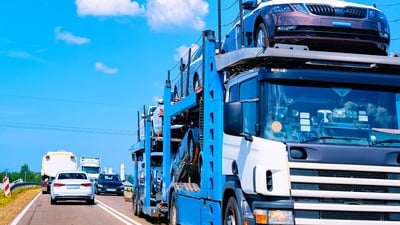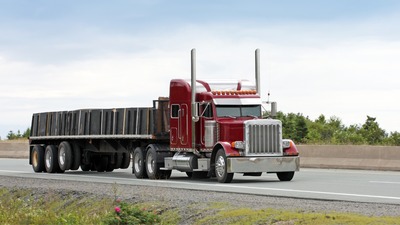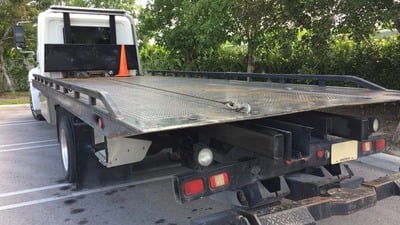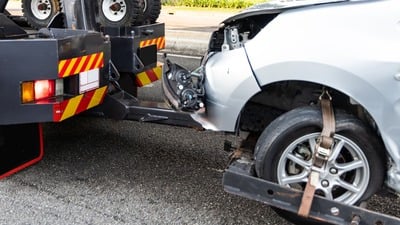In the hustle and bustle of today's roads, the visibility of roadside workers and pedestrians has never been more critical. Enter the unsung hero of road safety: safety vests. These brightly colored guardians are not only a common sight but a vital part of ensuring the well-being of individuals in high-risk environments. Let's delve into the pivotal role safety vests play in saving lives and minimizing hazards on and off the roads.
Understanding the Importance of Safety Vests
pThe inception of safety vests in the world of traffic and pedestrian safety marked a turning point in preventive measures against accidents. These vests are designed to attract immediate attention, making the wearer visible to drivers and machinery operators, even from considerable distances. The essence of their design lies in their high-visibility colors and retroreflective materials, which reflect light back to its source, such as a vehicle's headlights, ensuring visibility in low light conditions.Statistics from road safety research indicate a significant reduction in accidents involving pedestrians and roadside workers wearing safety vests. This underscores not only the effectiveness of such garments in promoting visibility but also their role in fostering a safer working environment for those at the roadside, thereby reducing fatalities and injuries.
How Safety Vests Enhance Visibility on the Road
Visibility on the road is a critical factor in preventing accidents, especially during dawn, dusk, or inclement weather conditions. Safety vests achieve this through their use of fluorescent colors like neon yellow, green, or orange. These colors are highly visible and provide a stark contrast to the surroundings, making the wearer stand out.
Furthermore, the incorporation of retroreflective stripes on safety vests plays a pivotal role in enhancing visibility at night. These stripes bounce back light to its source, such as car headlights, effectively making the wearer visible in the dark. This dual functionality of fluorescent colors and retroreflective materials ensures round-the-clock protection for those exposed to traffic or working in low-visibility conditions.
Different Types of Safety Vests for Various Needs
Safety vests come in numerous types, each designed with specific features to cater to different safety requirements. Class 1 vests are intended for environments with minimal traffic and low-speed conditions, making them suitable for sidewalk maintenance workers or parking lot attendants. Class 2 vests offer a greater level of visibility with additional reflective areas, ideal for high-speed roadways where workers are closer to traffic.
Class 3 vests provide the highest level of visibility and are recommended for individuals working in extremely dangerous environments, such as highway construction zones or emergency response scenes. These vests have the most extensive reflective surface area and are often complemented by sleeves, ensuring visibility from all angles, even in the poorest light conditions.
Safety Standards and Regulations for Safety Vests
Adherence to safety standards and regulations is paramount in the production and distribution of safety vests. In the United States, the American National Standards Institute (ANSI) and the International Safety Equipment Association (ISEA) have established guidelines categorized into three classes based on the level of visibility they provide. These standards ensure that the vests meet minimum visibility requirements and are made from high-quality, durable materials capable of withstanding various environmental conditions.
Manufacturers and employers must comply with these regulations to ensure the safety vests provided to workers not only meet but exceed the minimum safety requirements. By adhering to these standards, they help safeguard the lives of employees and the public from potential hazards on the roads.
Tips for Maintaining and Properly Using Safety Vests
Maintaining the effectiveness of safety vests is crucial for ensuring ongoing visibility and protection. Regular inspection for damage, such as tears or faded colors, is essential. Vests should be cleaned according to the manufacturer's instructions to preserve their high-visibility properties.
Proper usage is also vital for maximizing protection. Safety vests should fit snugly over clothing without obstructing movement. Employers should provide training on proper vest usage, highlighting the importance of wearing them at all times when on site or near traffic to ensure maximum visibility and safety.
A Step Towards Safer Roads
The crucial role of safety vests in enhancing roadside visibility and safety cannot be overstated. From their fluorescent materials to the inclusion of retroreflective stripes, these vests ensure that wearers stand out in all conditions, safeguarding lives and promoting a culture of safety. As we continue to navigate through increasingly busy environments, the adoption of safety vests remains a testament to our collective commitment to preventing accidents and protecting each other. Embracing this simple yet effective safety measure is a step towards a safer future for everyone on the road.





